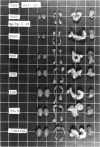Abstract
Past studies on the toxicological effects of ethylene glycol alkyl ethers as well as the recent data on these chemicals in Japan are reviewed. Only a few researchers have participated in the study of ethylene glycol alkyl ethers in Japan. The effects of ethylene glycol alkyl ethers on testis and embryotoxic effects of ethylene glycol monomethyl ether (EGM) have been studied, as has the teratogenicity of ethylene glycol dimethyl ether (EGdM). Studies on ethylene glycol alkyl ethers and related compounds administered to mice by oral gavage revealed the occurrence of testicular atrophy and decreased white blood cell count by EGM, EGdM, ethylene glycol monomethyl ether acetate, ethylene glycol monoethyl ether and ethylene glycol monoethyl ether acetate, and the toxicity was related to their chemical structure. On the other hand, ethylene glycol, ethylene glycol monopropyl ether, ethylene glycol monobutyl ether, ethylene glycol monophenyl ether, ethylene glycol monoacetate or ethylene glycol diacetate showed no such an effect. Studies on EGM using hamsters or guinea pigs revealed the occurrence of testicular atrophy similar to that observed in mice. In regard to the methyl ethers of other glycols, there is no convincing evidence that propylene glycol monomethyl ether, diethylene glycol monomethyl ether or diethylene glycol dimethyl ether causes testicular atrophy in mice. Teratological studies of EGM and EGdM revealed embryotoxic effects in mice.
Full text
PDF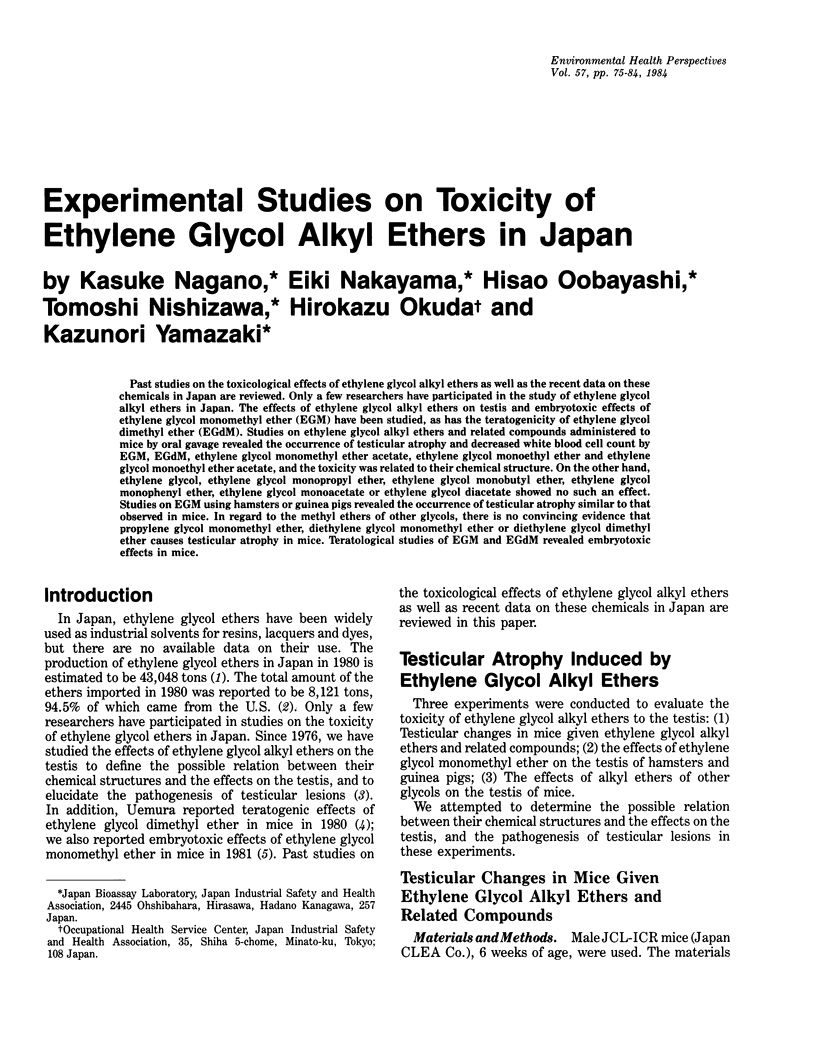
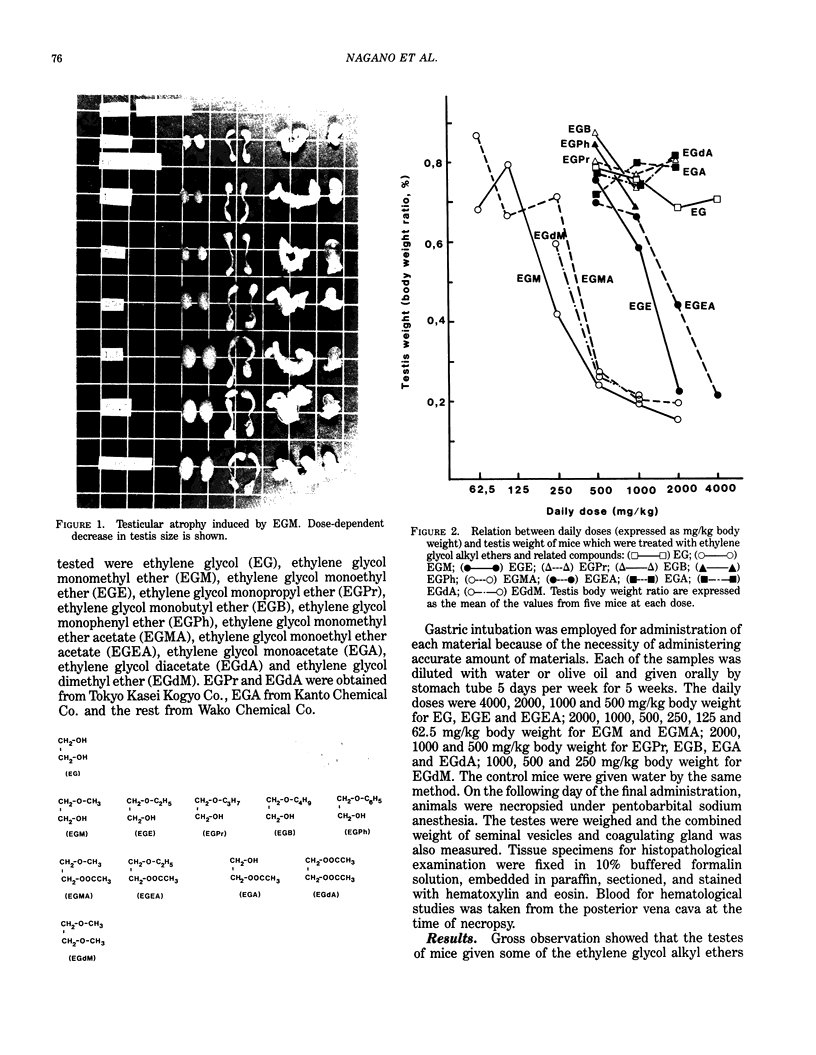

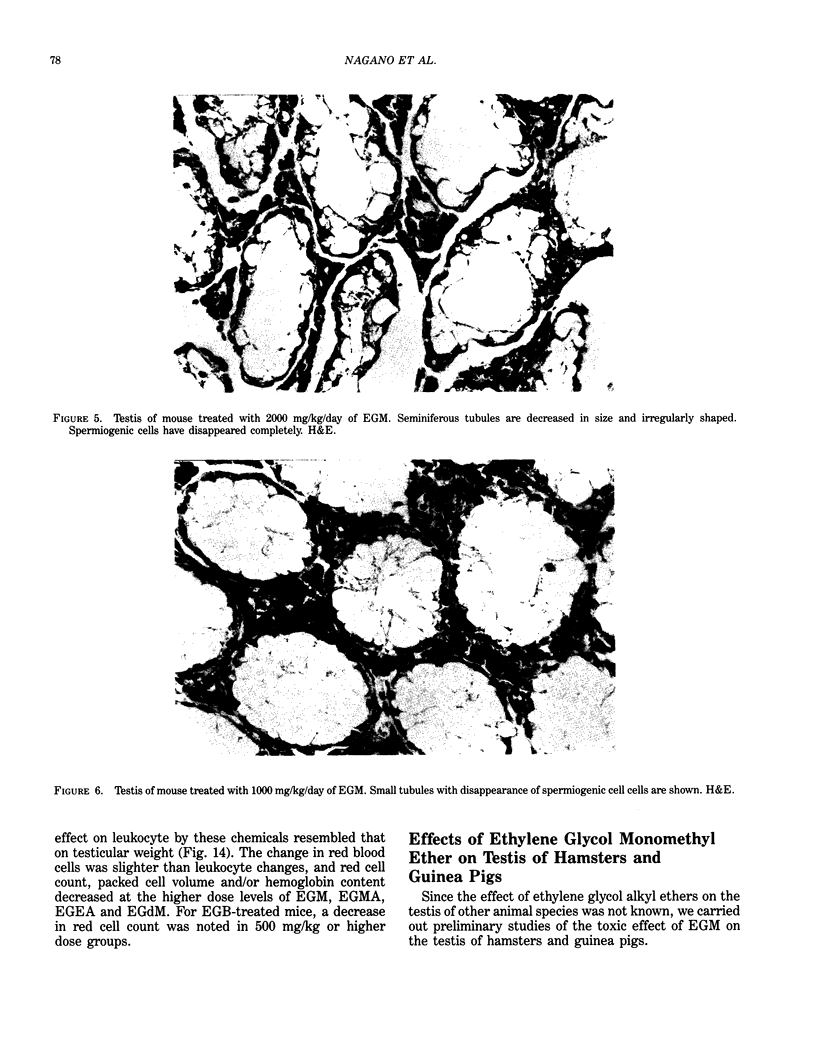
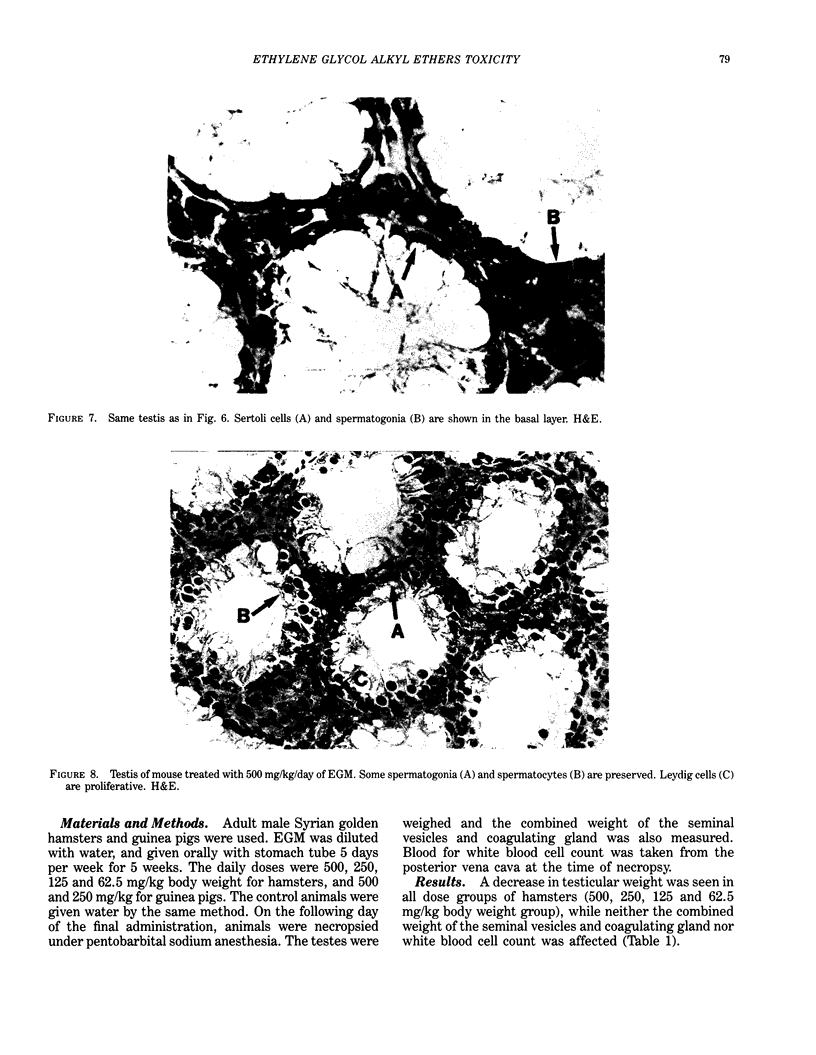
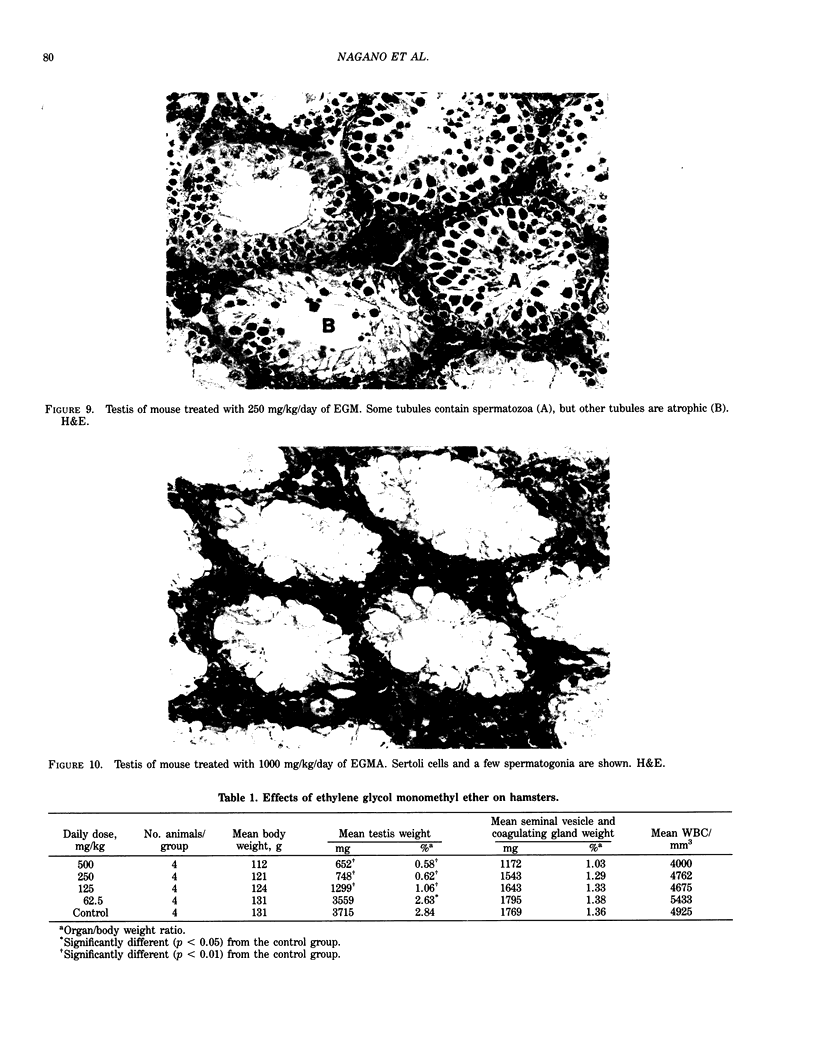
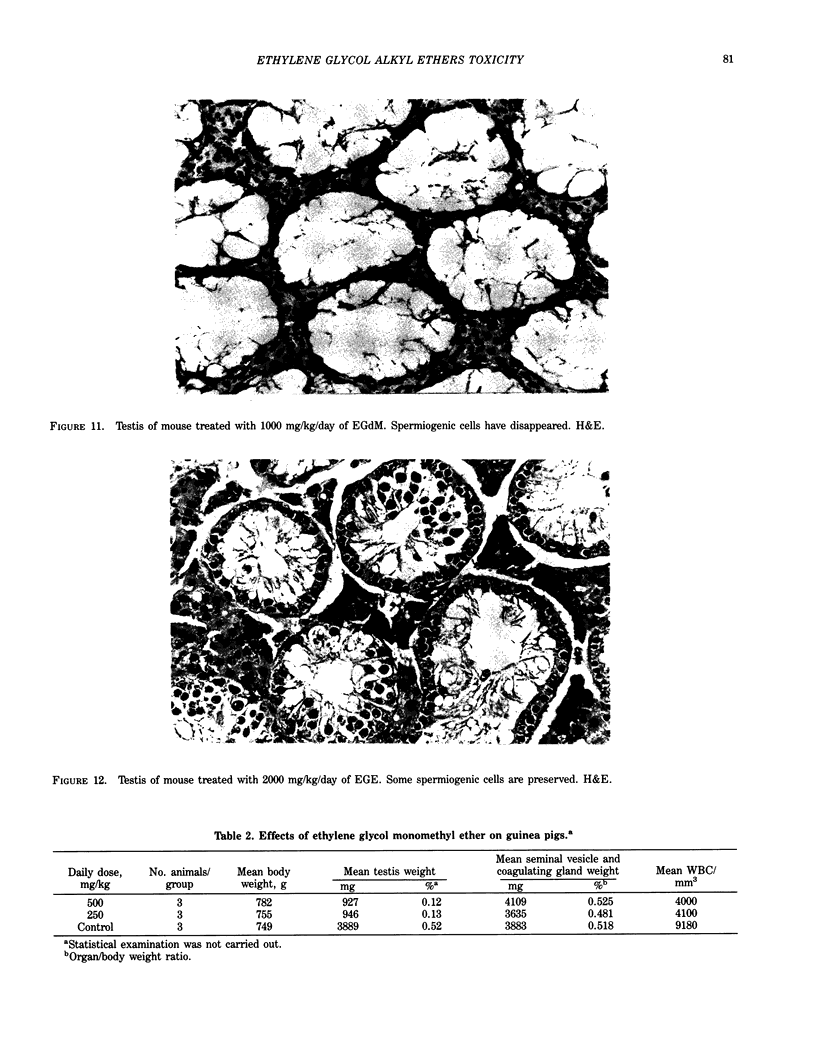

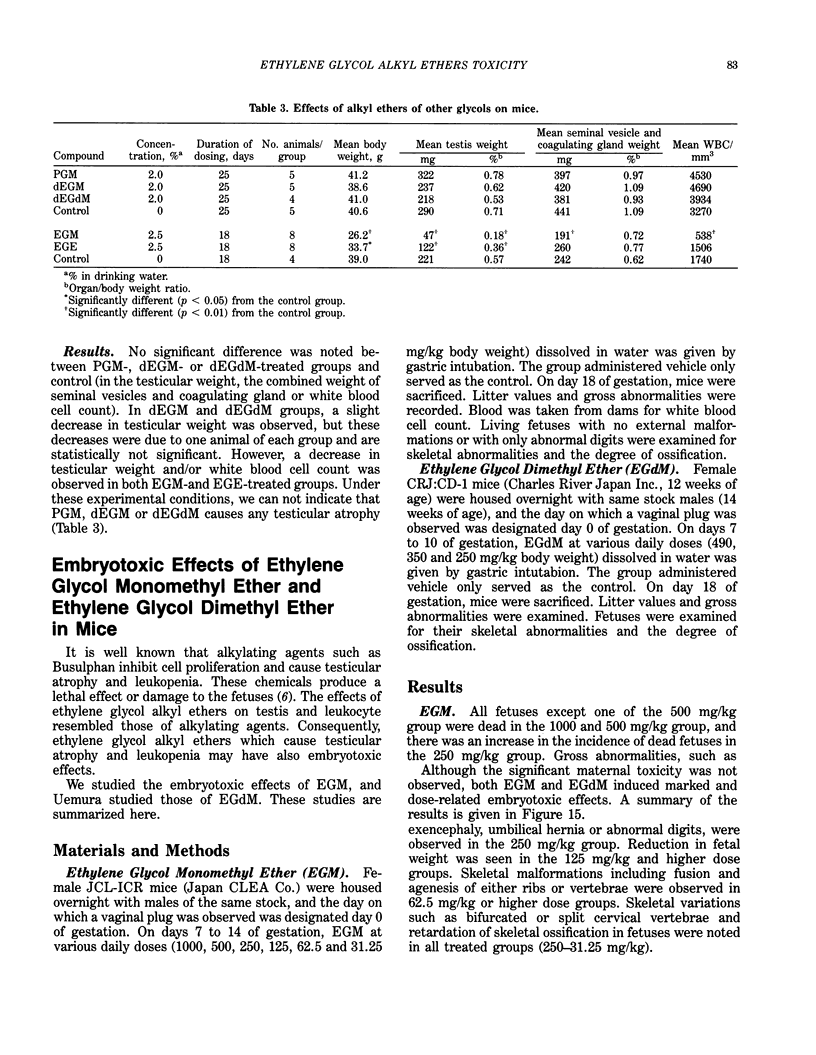
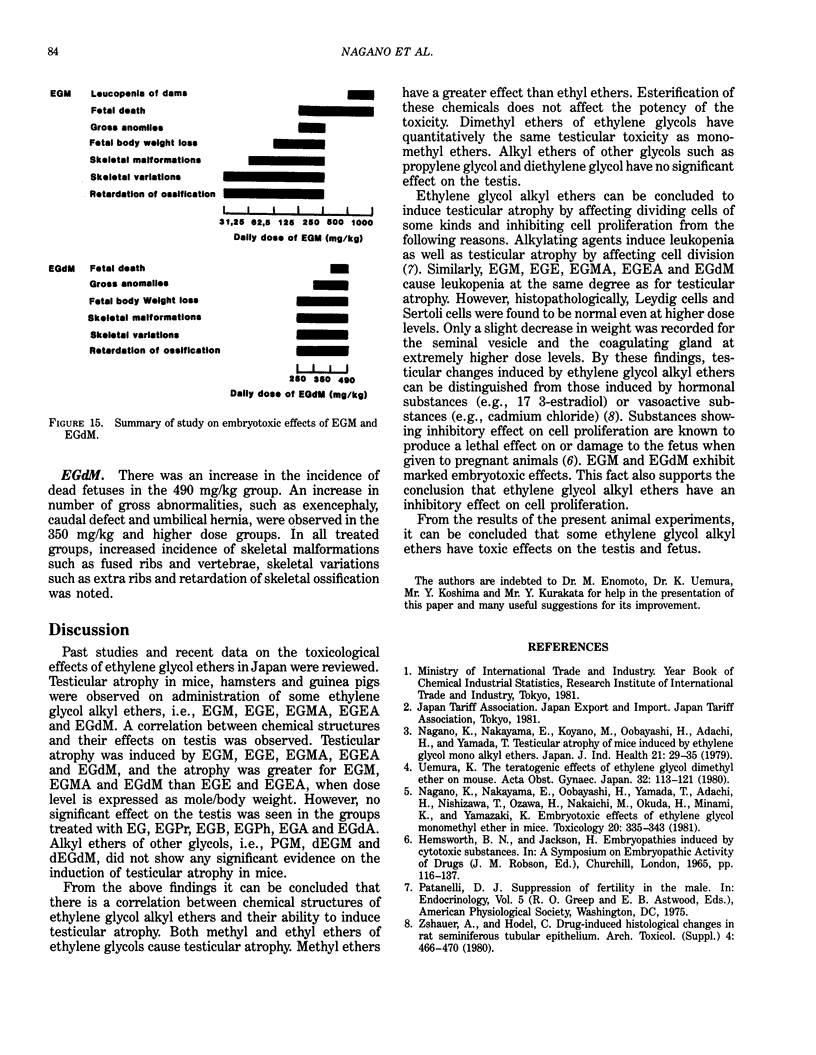
Images in this article
Selected References
These references are in PubMed. This may not be the complete list of references from this article.
- Nagano K., Nakayama E., Koyano M., Oobayashi H., Adachi H., Yamada T. [Testicular atrophy of mice induced by ethylene glycol mono alkyl ethers (author's transl)]. Sangyo Igaku. 1979 Jan;21(1):29–35. doi: 10.1539/joh1959.21.29. [DOI] [PubMed] [Google Scholar]
- Nagano K., Nakayama E., Oobayashi H., Yamada T., Adachi H., Nishizawa T., Ozawa H., Nakaichi M., Okuda H., Minami K. Embryotoxic effects of ethylene glycol monomethyl ether in mice. Toxicology. 1981;20(4):335–343. doi: 10.1016/0300-483x(81)90040-8. [DOI] [PubMed] [Google Scholar]
- Uemura K. [The teratogenic effects of ethylene glycol dimethyl ether on mouse (author's transl)]. Nihon Sanka Fujinka Gakkai Zasshi. 1980 Jan;32(1):113–121. [PubMed] [Google Scholar]
- Zschauer A., Hodel C. Drug-induced histological changes in rat seminiferous tubular epithelium. Arch Toxicol Suppl. 1980;4:466–470. doi: 10.1007/978-3-642-67729-8_110. [DOI] [PubMed] [Google Scholar]



